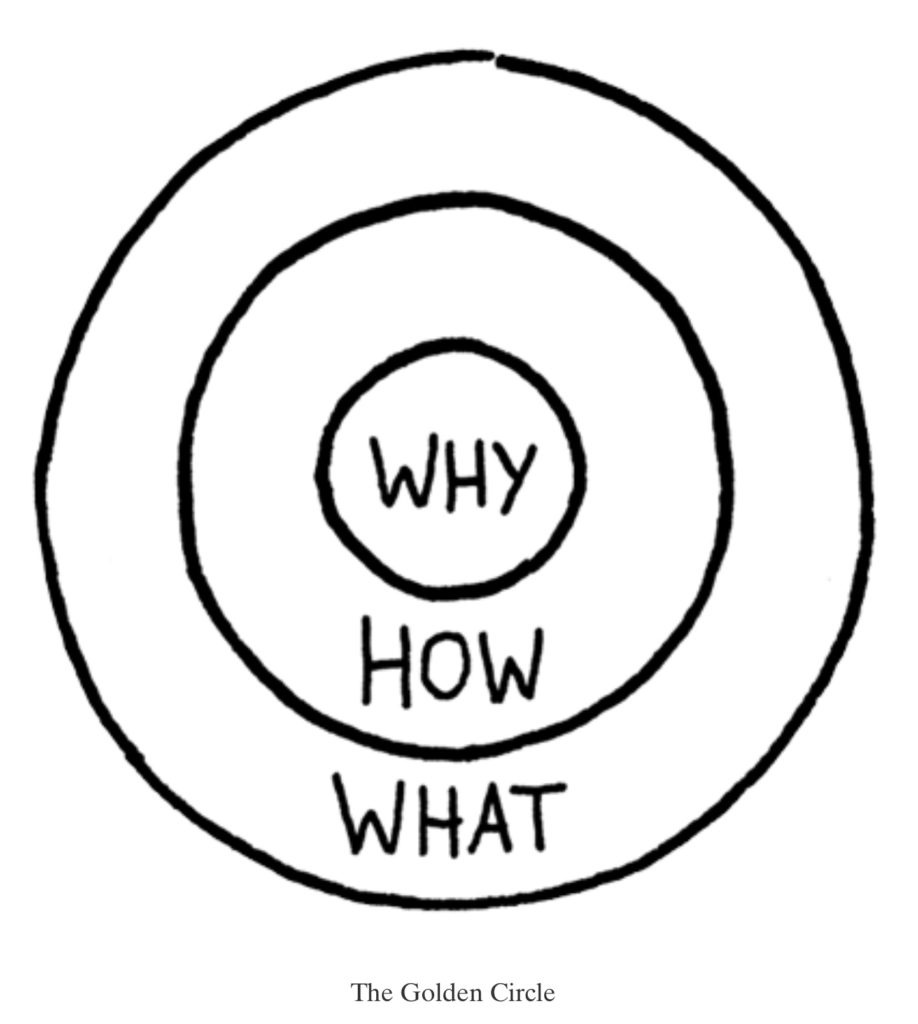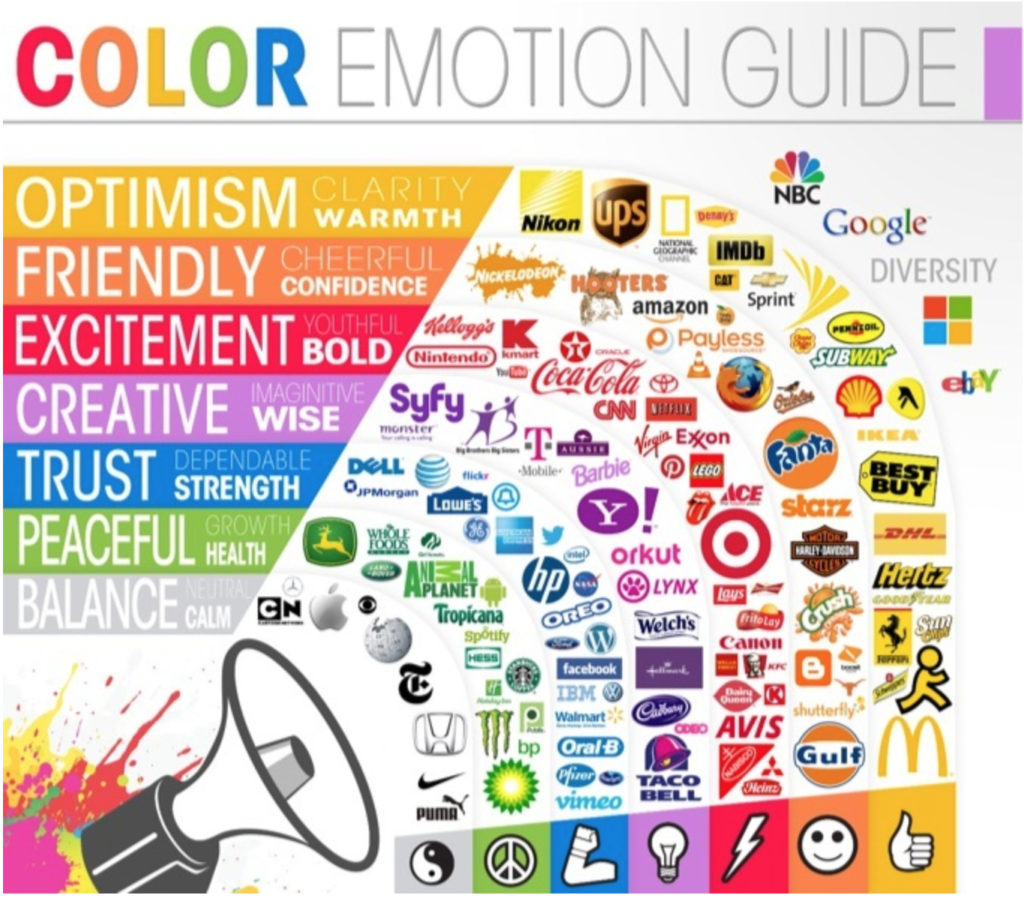5 Steps to Create a High-Converting, Branded Landing Page
By Kelly Forst April 26, 2021
What does having a “strong brand” mean to you?
For some, images of mega corporations like Apple or Starbucks come to mind. Others may think of brands that align with their values, like Bombas or TOMS.
Regardless, I’m willing to bet you thought about a large, recognizable brand.
Unlike larger corporations, small businesses don’t have a team of brand experts to help maintain and create a brand.
You may feel that branding is reserved just for Fortune 500 companies. You may not have a website and feel like you can’t brand your company until you do (side note: you may not need a website).
On top of that, branding your business can feel like an overwhelming task, especially for those with limited bandwidth, time, money and resources.
But brand recognition is something every business needs to consider. Brand identity is not about the stuff you sell, but how people feel about interacting with your business.
Armed with the right questions to ask and a marketing solution that includes the right tools, you can create a stellar, branded landing page that not only gets you the brand recognition you deserve, but converts visitors into subscribers with ease.
Why branding matters
Building a consistent brand doesn’t have to be a huge project, but it requires that you spend some time figuring out how you want your brand represented and what you want it to say about your company.
Going through a branding exercise is well worth your time for four main reasons:
- It sets you apart from your competitors and brings a unique personality to your business.
- It helps you connect with your customers.
- It allows you to communicate your value to your audience and helps build credibility.
- It makes you recognizable.
So let’s talk about how to create a brand identity and establish brand recognition through your landing page.
How to create your brand identity
Before you jump into your design, you need to establish a brand identity. And that starts with crafting your mission statement.
Your mission statement tells the world what your business does and why it’s important. It will give you more insight into what type of customers you want to attract and sets the tone for how you speak.
To create a mission statement, think about how your product or service can positively transform your audiences’ lives. How do you want your audience to feel, or what problems will you solve for them? Your statement should include aspirational language that speaks to your overall goal.
To establish your brand’s mission, you need to take the time to do some soul searching. But the answers to three simple questions can help you define your brand.
3 Questions to help define your brand
Simon Sinek is famous for discovering remarkable patterns about how the greatest leaders and organizations think, act and communicate. He is probably best known for popularizing the concept of WHY in his first TED Talk in 2009. It rose to become the third most-watched video on TED.com, with over 40 million views and subtitled in 47 languages.
Sinek focuses on three questions you need to answer to help you understand the purpose of your brand:
- What – the products or services you offer to your customers
- How – the things that differentiate you from the competition
- Why – the reason you are passionate and why you exist
He calls these questions “The Golden Circle.”

Defining your “why” is one of the most important steps you can take to grow your brand. People don’t buy what you do — they buy why you do it.
Understanding your “why” is more important now than ever. Studies show that 50% of consumers worldwide say they now buy based on its brand values and impact.
Figure out your competitive differentiators
You’re most likely not the only company in your space. So it’s pivotal to communicate how you’re different to your audience. To find out what makes you unique, ask yourself:
- How are you different from everyone else?
- Do you serve a niche audience?
- Do you help your local community?
- Do you have great customer service?
- Are you the first in your space?
- Why should your audience look to you and not other brands?
Once you’ve figured out your “What, Why, and How,” it’s time to create your own branded landing page.
Related: How to Pinpoint Your ‘Hook.’ Find Your Unique Selling Proposition in 6 Simple Steps
5 easy steps to create a high-converting branded landing page
Your landing page could be one of the first touch points a prospect has with your brand. It’s an important time to make a good first impression and establish brand identity.
Here are the 5 steps to help you create a branded landing page that converts.
1. Be super clear on your target audience — the more niche, the better
Finding your niche is a crucial step in building a branded landing page. Your target audience should be people who want to buy what you’re selling, and who share your brands’ values.
Plus, if you don’t know who you’re talking to, you won’t know how to write your landing page in a way that tells them you understand their problems. You need to position your offer as a solution to their problems.
You’re selling transformation. So you need to know who can benefit from your product or service.
If you overlook this step, the rest of your brand-building strategy may not be as effective.
2. Establish your brand design guidelines
If you already have brand guidelines that you follow across all marketing channels, you’re one step ahead! If not, you’ll find creating design guidelines now will set you up for success down the road.
When you have a clear understanding of what your brand represents, it becomes a lot easier to figure out how to present it visually to your audience. You’ll want to use colors, images, and fonts that don’t just appeal to you – they should carry with them a certain mood (or tone) you want to convey to your audience.
First and foremost, create a logo if you don’t have one already. A logo will visually differentiate your brand from another.
Next, choose a color palette consistent with the emotion you want to evoke in your readers. Not sure what color to use? There have been a number of studies on how specific colors emote a certain feeling.

Once you’ve chosen all of these details, save them as your style guide, which you can share with others as your go-to resource when designing brand assets.
Here’s an example of a style guide from AWeber’s design:


Make sure you follow your brand guidelines on your landing page and all other marketing channels. Take some time to jot down all of the properties that fall under your brand (e.g., websites, blogs, emails, pamphlets, social media images) so you have a comprehensive list to work through.
3. Link your landing page to your custom domain
Unlike websites, landing pages can be created quickly, easily, and cost-effectively with a tool like AWeber. You can even customize your landing page’s domain URL to make your brand discoverable and recognizable.
For instance, it’s a lot easier for people to type www.aweber.com into their browser than it is for them to remember our IP address. Can you imagine typing 28.242.245.116 to go to Twitter.com and 208.80.152.2 to go to Wikipedia.com?
Linking your domain to your landing page is beneficial for a number of reasons:
- Recognition. Achieve brand recognition and consistency across your marketing assets and channels.
- Customer Trust. Customers can easily see they are in the right place, which makes them more confident when purchasing a product or subscribing to your newsletter.
- Discoverability. Improve your search engine optimization (SEO), so your people can more easily find your landing page.
How to get a domain
You don’t need a website in order to have a domain. If you want to buy a domain to link it to your landing page, services like GoDaddy, Google Domains, and Domain.com are some of the more recognizable platforms.
Once you own your domain, you can link it to your AWeber landing page to make it easy for people to find you online.
4. Embed content that share your brand story
Your landing page can include more than text and a sign up form. Tell your brand story in a dynamic and interactive way by adding embedded content.
AWeber Smart Content allows you to elevate your landing page into an interactive experience. While it may sound complicated, all you need to do is copy and paste a link.
AWeber Smart Content lets you add hyperlinks and transform them into embedded polls, slideshows, music, live video, maps, forms, GIFs, RSS feeds, audio playlists, products, and more.

They say a picture is worth a thousand words. So let embedded content help you tell your brand story and engage with your audience in a unique, memorable way.
5. Make sales directly on your landing page
As we mentioned earlier, brand identity is not about the stuff you sell, but how people feel about interacting with your business.
But if you tell a compelling brand story on your landing page, there’s no better place to introduce your products and services.
Enabling sales on your landing page reduces friction for a visitor to have to visit a third-party marketplace to another sales page. Plus, it reduces the need for costly websites or paying fees on ecommerce platforms.
Building an ecommerce landing page is the answer to setting up a recognizable online presence, telling a story of transformation, positioning your products and services as a solution to visitors’ problems and generating sales.
Create your branded landing page today
Take the steps today to start building your brand identity in your emails, on your landing page, and beyond.
Sign up for AWeber Free today to get access to beautiful landing page and email templates.
Additional reporting by Kristin MacLaughlin
 87% off ends soon!
87% off ends soon!